Embark on a cultural odyssey through Singapore, where tradition and modernity intertwine seamlessly. Discover the captivating tapestry of this vibrant city-state, where ancient customs coexist harmoniously with cutting-edge innovations. Unveil the captivating fusion of East and West, as Singapore’s unique heritage unfolds through time – The Evolving Tapestry of Singapore’s Culture: Tradition and Modernity Intertwined.
Key Takeaways:
- Singapore’s diverse population of mainly (78%) Chinese descent has led to a unique blend of cultural influences.
- The country’s culinary scene, such as its famous hawker culture, showcases the interplay of Chinese, Malay, Indian, and Western flavors.
- Singapore’s special economic zones and international agreements foster cultural exchange and contribute to its evolving tapestry.
Singapore Culture Evolution
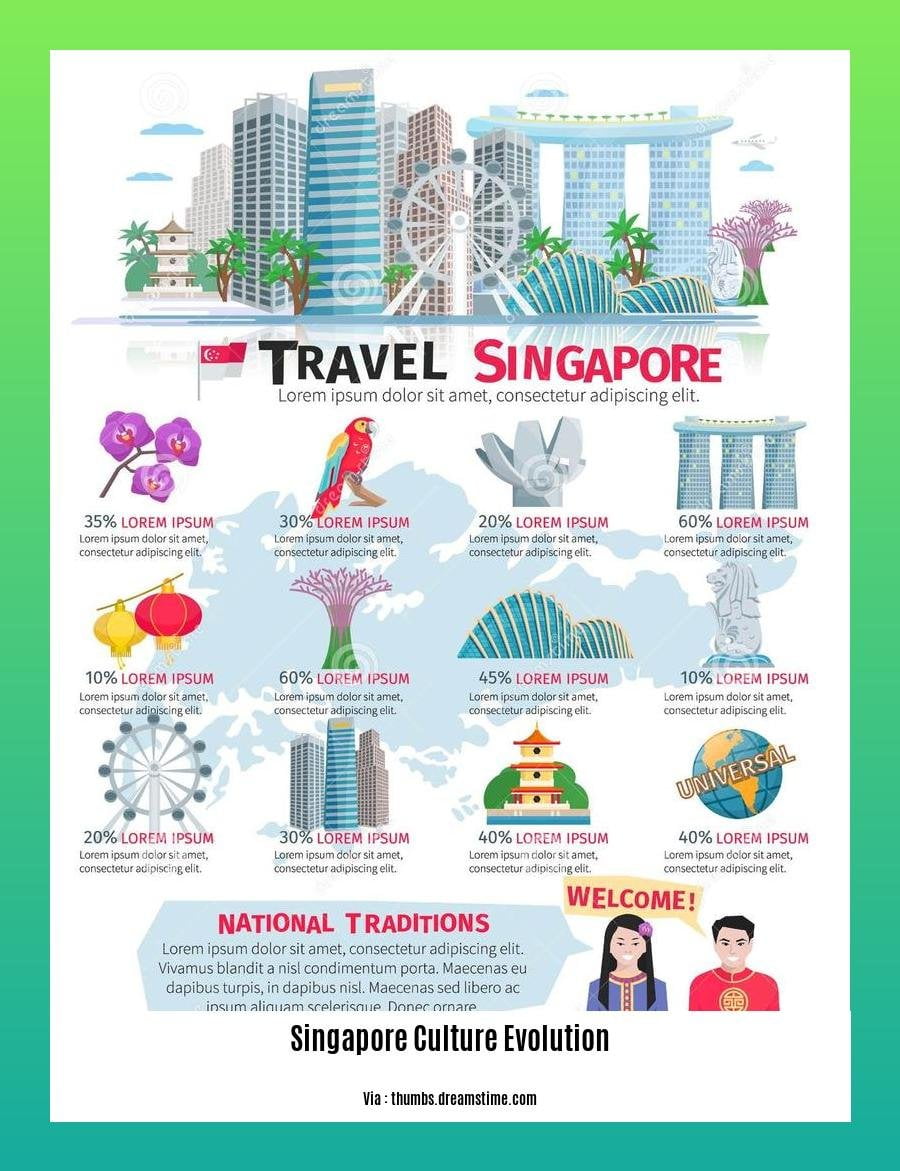
As singapore culture evolution unfolds, locals and expats enjoy a vibrant blend of cultures, shaped by diverse influences like Chinese, Malay, Indian, and Western traditions.
A Culinary Tapestry: Hawker Culture
Hawker centers, a staple of Singapore’s culinary landscape, offer a tantalizing array of street food delicacies. Recognized as a UNESCO intangible cultural heritage, this vibrant scene showcases the unique fusion of flavors and culinary techniques that have become synonymous with Singapore.
Cultural Crossroads
Singapore’s strategic location has facilitated cultural exchanges for centuries. The island nation has served as a melting pot of different ethnicities, bringing together Chinese, Malay, Indian, and British influences, which are evident in the country’s architecture, cuisine, festivals, and even its language.
Modernization amidst Tradition
In recent years, Singapore has embraced modernity while preserving its cultural heritage. Modern skyscrapers and shopping malls coexist seamlessly with traditional temples and heritage buildings. This harmonious blend creates a fascinating cultural landscape where innovation and tradition thrive side by side.
Cultural Harmony
Singapore’s cultural evolution is characterized by harmony and inclusivity. The government has implemented policies to promote multiculturalism and foster respect among different ethnic groups. This has resulted in a vibrant and cohesive society where diverse cultures can flourish.
Uncover the history of Singapore through captivating tales and comprehensive accounts that paint a vivid picture of the nation’s past. Embark on a journey through time to witness the milestones that shaped Singaporean history, from its humble beginnings to its present-day success. Delve into the intricate details of Singapore’s nation-building history, marveling at the ingenuity and resilience that transformed a humble fishing village into a thriving metropolis.
The Role of Government Policies in Shaping Cultural Identity
Singapore’s government isn’t a mere spectator in the ever-evolving cultural scene; it’s a leading actor. Through their implemented policies and initiatives, they’re cultivating and promoting Singapore’s cultural resources.
Investing in cultural spaces like museums, art galleries, and theaters creates a fertile ground for artists and performers to showcase their talents. It opens up a world of possibilities for people to immerse themselves in Singapore’s rich artistic tapestry.
Singapore’s government understands art and heritage’s pivotal role in fostering a strong national identity and a sense of belonging among its citizens. By recognizing and preserving diverse cultural practices, traditions, and languages, they’re safeguarding the very fabric of Singapore’s unique heritage.
Key Takeaways:
- Government policies play a crucial role in shaping Singapore’s cultural identity.
- Investments in cultural spaces provide a platform for artistic expression and appreciation.
- Preservation of cultural practices strengthens national identity and fosters a sense of belonging.
Most Relevant URL Source:
- Singapore’s Cultural Policy and its Consequences
The Rise of Cultural Festivals and Events
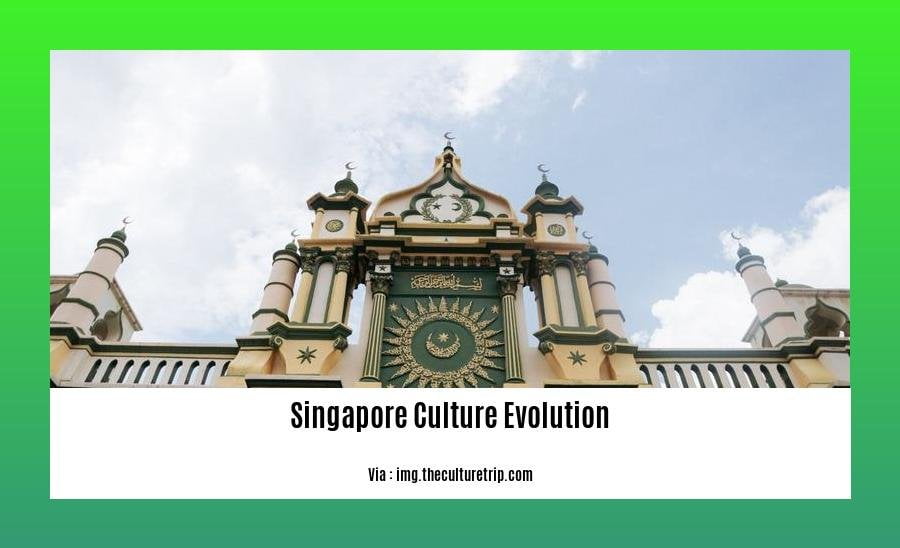
Key Takeaways:
- Singapore is a hub of cultural festivals and events that celebrate its diverse heritage.
- These festivities showcase the vibrant sights, sounds, and flavors of Singapore’s multicultural society.
- Cultural festivals and events provide opportunities for cultural exchange and community bonding.
Cultural Festivals
Singapore’s cultural festivals are a kaleidoscope of colors, traditions, and heritage. Some notable events include:
- Chinese New Year: A grand celebration marked by lion dances, fireworks, and feasts.
- Pongal Festival: A harvest festival celebrated by the Tamil community, featuring traditional dance and music.
- Chingay Parade: A vibrant street procession showcasing traditional Chinese performing arts and cultural troupes.
- Hari Raya: A festival marking the end of the Muslim fasting month, celebrated with prayers, feasts, and open houses.
- Dragon Boat Festival: A commemoration of the poet Qu Yuan, featuring competitive dragon boat races and traditional cuisine.
- Pongal: A harvest festival celebrated by the Tamil community, featuring traditional dance and music.
- Thaipusam: A Hindu festival honoring Lord Murugan, characterized by colorful processions and body piercings.
- Vesak Day: A Buddhist festival celebrating the birth, enlightenment, and passing of Buddha, marked by candlelit processions and chanting.
- Hari Raya Puasa: A festival marking the end of the Muslim fasting month, celebrated with prayers, feasts, and open houses.
These festivals not only preserve cultural traditions but also foster a sense of belonging and inclusivity within Singapore’s diverse society. They are an invitation to immerse oneself in the rich cultural tapestry of this vibrant nation.
Citation:
The Impact of Technology on Cultural Practices
In the tapestry woven with the threads of culture, technology has become an increasingly radiant one. Like a prism, it has refracted cultural practices, casting a kaleidoscope of hues upon them. Singapore, a nation pulsating with the rhythms of innovation, has witnessed this transformative dance firsthand.
The Digital Canvas: New Horizons for Cultural Expression
Technology has opened digital gateways for cultural exploration and expression. From virtual museums where ancient artifacts come alive to online platforms where musicians share their melodies, the internet has become a vibrant stage for cultural exchange.
Preserving Heritage, Reimagined
Technology has extended its protective hand over cultural treasures. Advanced preservation techniques are safeguarding ancient manuscripts and traditional crafts, ensuring their legacy transcends time. Interactive technologies, such as augmented reality, have breathed new life into historical landmarks, allowing visitors to delve deeper into their stories.
The Evolving Landscape of Storytelling
Digital storytelling has reshaped the way cultures narrate their tales. Interactive documentaries invite viewers into immersive experiences, while social media platforms amplify voices that might otherwise remain unheard. Technology has empowered individuals to share their perspectives and connect with others bound by shared traditions.
Technology and Language: A Dynamic Duo
Language, the lifeblood of culture, has also felt technology’s transformative touch. Text messaging and social media have introduced new linguistic nuances, blurring the lines between formal and informal communication. Translation tools have facilitated cross-cultural understanding, allowing diverse voices to resonate across borders.
Key Takeaways:
- Technology has expanded the digital canvas for cultural expression.
- Preserving cultural heritage has gained new dimensions through technology.
- Technology has transformed the landscape of storytelling.
- Technology’s impact has extended to the evolution of language.
Most Relevant URL Source:
- The Culture of Technology of Singapore
FAQ
Q1: How has the government of Singapore influenced the country’s cultural identity?
A1: Singapore’s government plays a vital role in shaping the nation’s art and culture landscape, implementing various policies and initiatives to cultivate and promote Singapore’s cultural resources.
Q2: What are some of the major cultural festivals celebrated in Singapore?
A2: Singapore is a melting pot of cultures, and this diversity is reflected in its festivals. Some notable celebrations include Chinese New Year, Thaipusam, Vesak Day, and Hari Raya Puasa, showcasing the vibrant traditions of Chinese, Indian, Malay, and Eurasian communities.
Q3: How has technology impacted Singapore’s cultural practices and language?
A3: Singapore’s technological advancements have significantly influenced cultural practices and language. Technology has spurred new forms of cultural creation, consumption, and interaction, transforming how people access and engage with cultural content.
Q4: What is Singapore’s hawker culture, and why is it significant?
A4: Singapore’s hawker culture is renowned for its street food vendors. It’s a unique aspect of the country’s culinary scene and a UNESCO-recognized intangible cultural heritage, reflecting the diverse flavors and culinary traditions of Singapore’s population.
Q5: How does Singapore’s diverse population contribute to the evolution of its culture?
A5: Singapore’s population, with its significant Chinese, Malay, Indian, and Western influences, has played a crucial role in shaping the country’s evolving culture. This blend has fostered a vibrant tapestry of traditions, languages, and customs, contributing to Singapore’s unique cultural identity.
- SYBAU See You Baby Meaning: Gen Z Slang Evolves - July 1, 2025
- Unlock Your Inner Youth: Lifestyle Secrets for a Vibrant Life - July 1, 2025
- Decode SYBAU Meaning: Gen Z Slang Explained - July 1, 2025
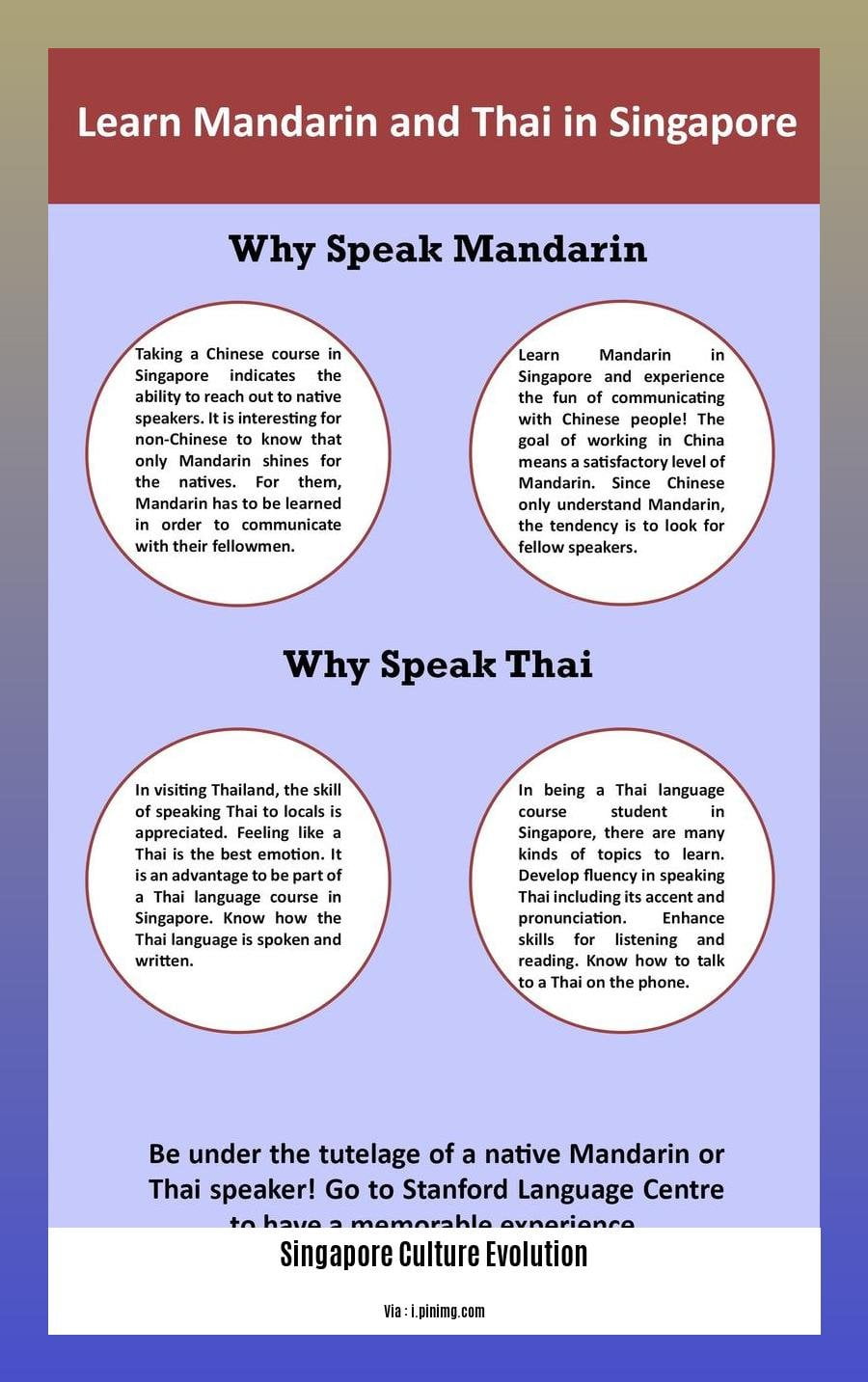

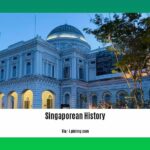

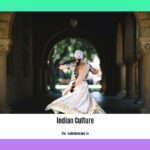

![A Stitch in Time: Exploring the Evolution of Clothing in India Through the Millennia [clothing in india history] clothing-in-india-history_2](https://www.lolaapp.com/wp-content/uploads/2023/12/clothing-in-india-history_2-150x150.jpg)